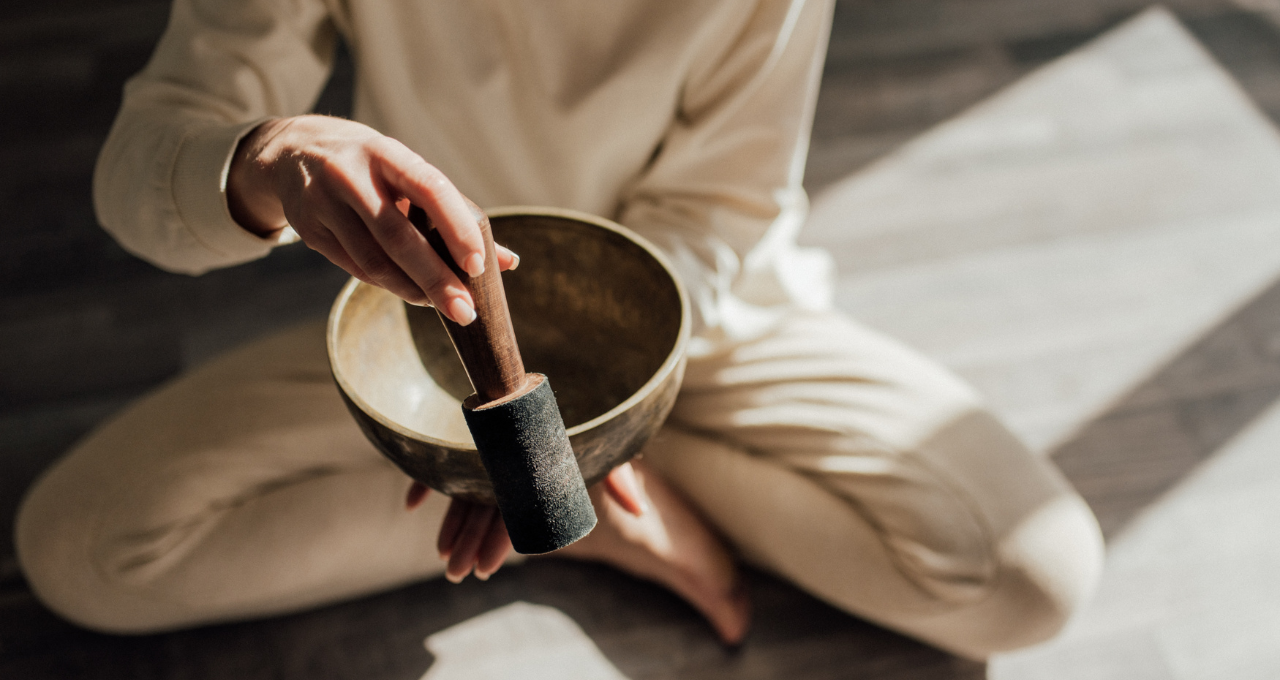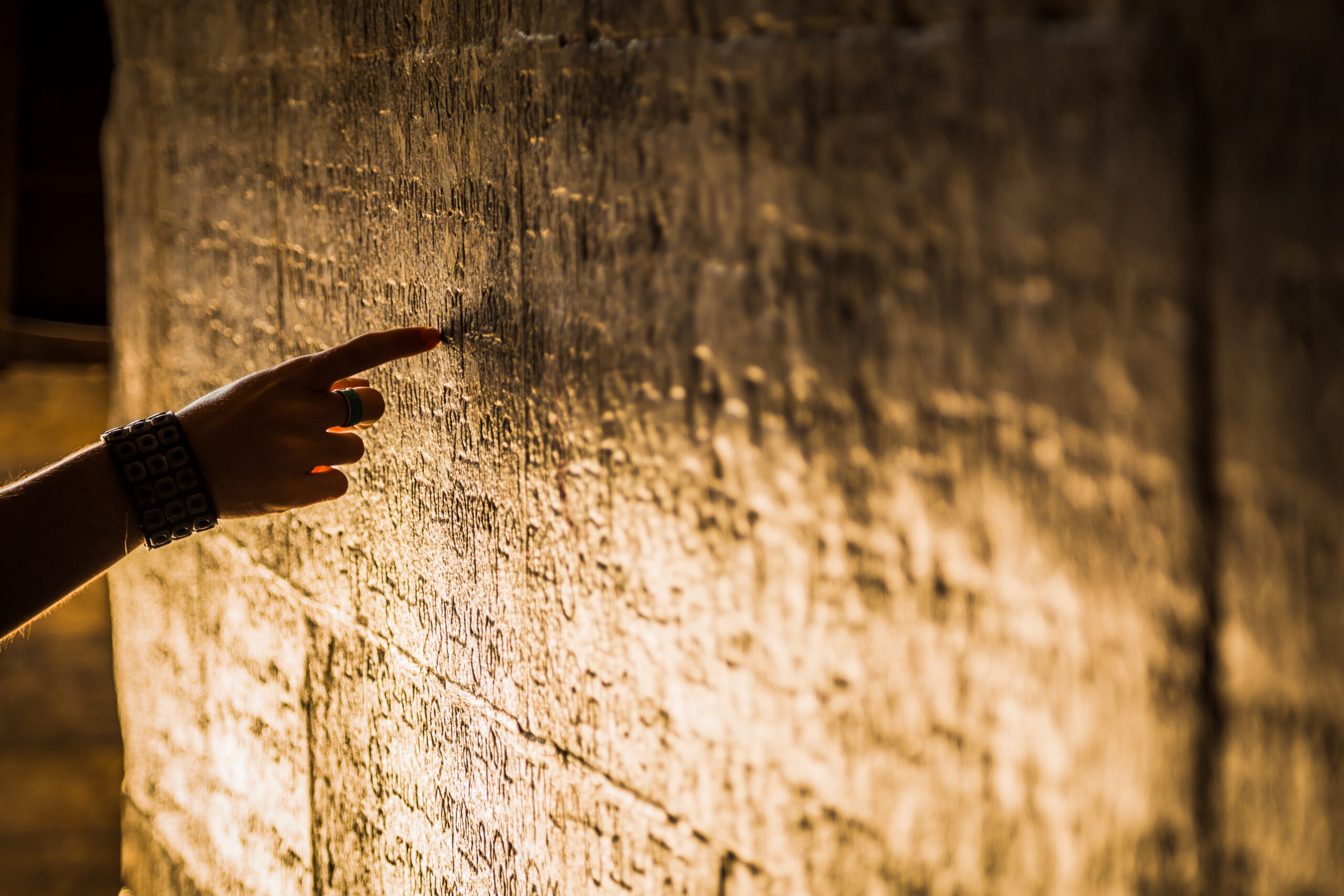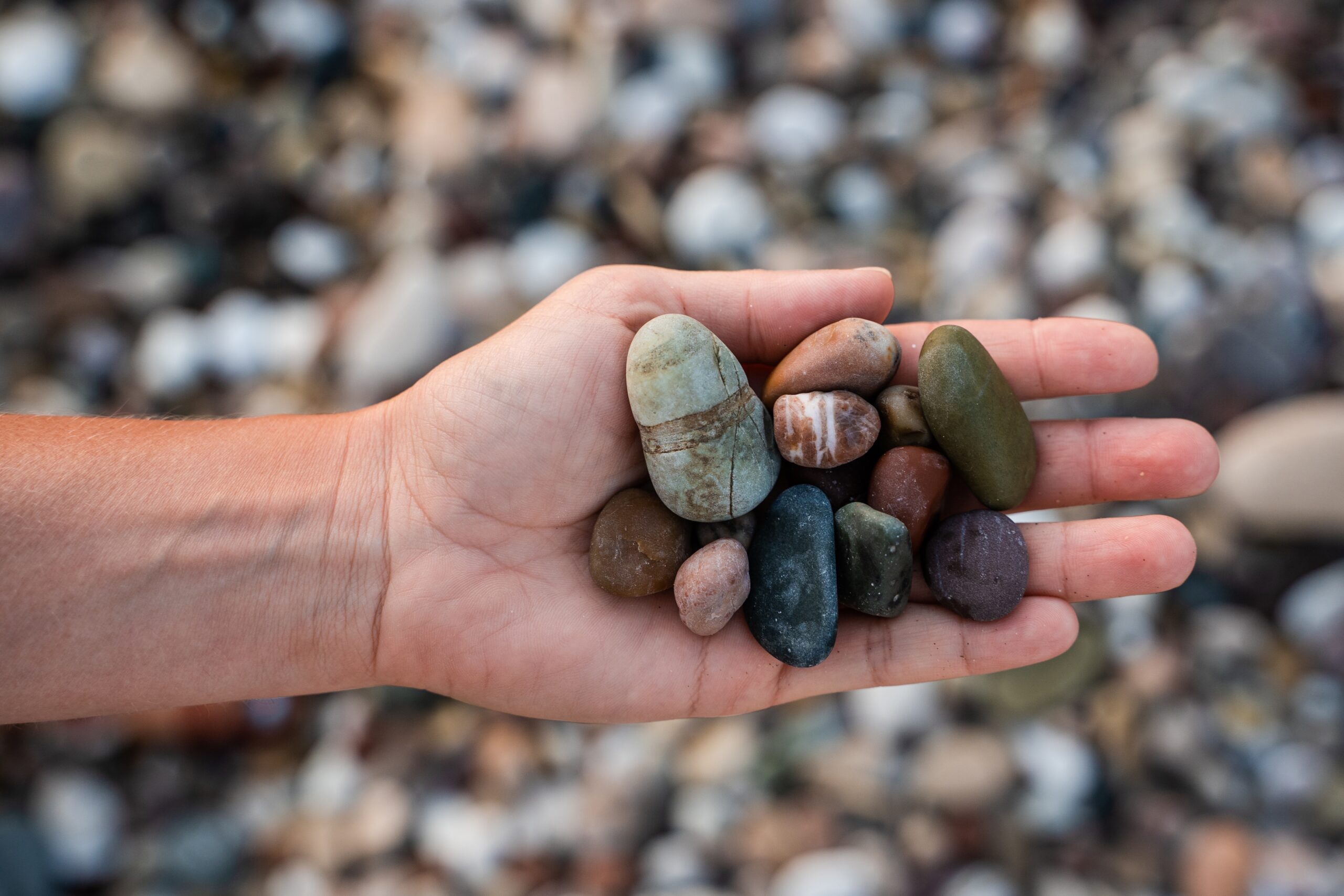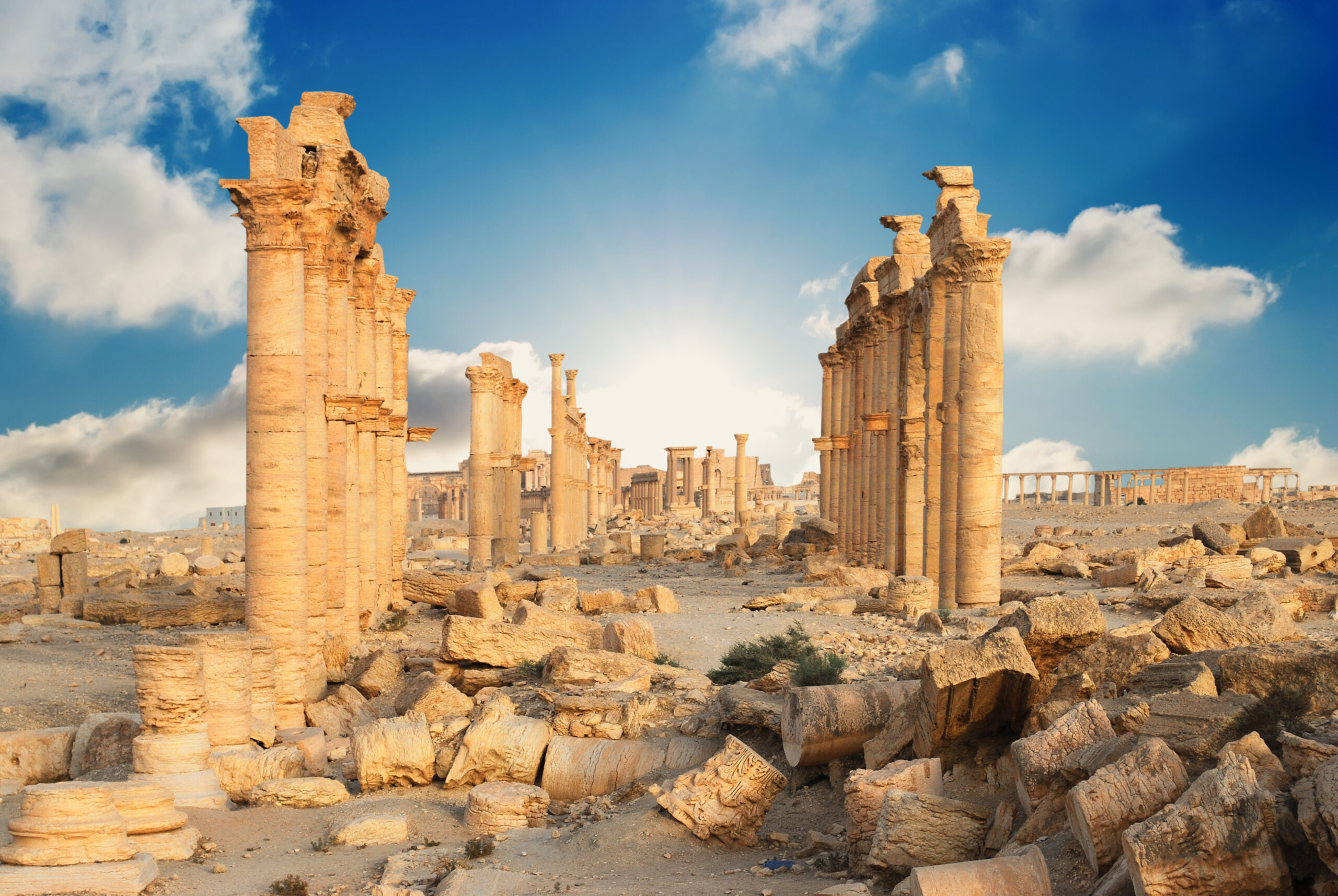In the quiet rhythm of daily life, we often forget how ancient our habits truly are. The way we gather around a table, adorn our bodies with jewelry, honor the passage of time, or build cities with grand central spaces—these are not just modern conveniences or preferences. They are echoes. Echoes of civilizations long buried beneath desert sands, tangled jungle roots, and the silence of forgotten scripts. The past is not past. It hums beneath our modernity like an old song we don’t remember learning but somehow still know by heart.
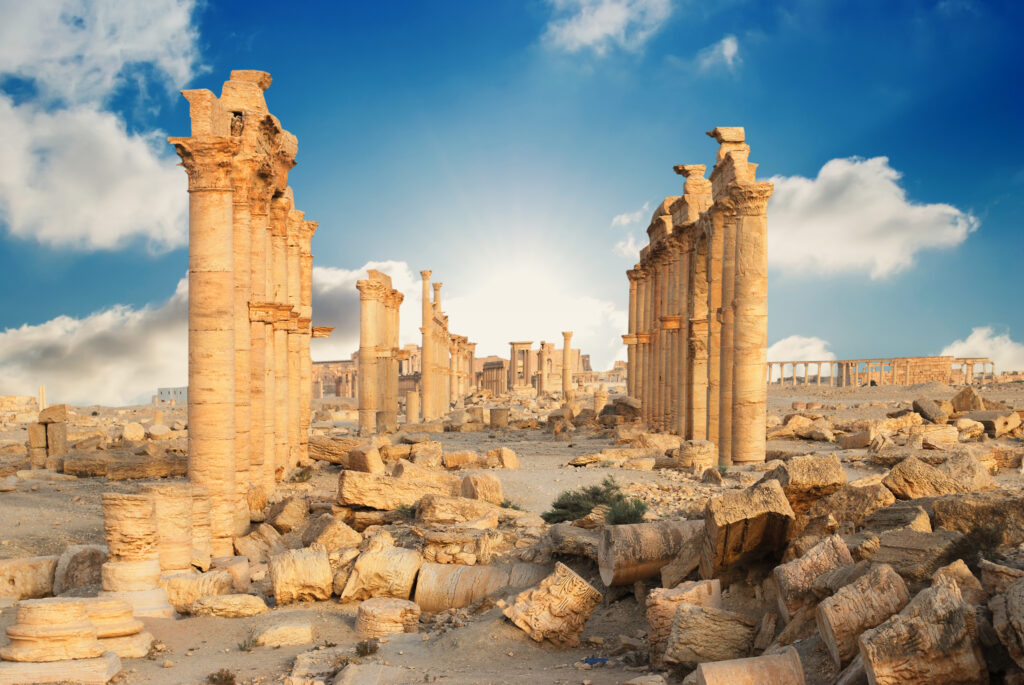
Outline
- The Architecture of Memory: How Cities Still Speak Babylon
- Rituals Reborn: From Sacred Fires to Birthday Candles
- Language Without Words: Symbols, Gestures, and Collective Memory
- Timekeepers and Legacy Builders: Why We Still Seek Immortality
- The Deep Thread: What These Echoes Tell Us About Being Human
- FAQs
The Architecture of Memory: How Cities Still Speak Babylon
Step into any major city, and you are walking through ancient logic. The grid-like structure of New York? Echoes of Roman town planning. The ziggurats of Mesopotamia? Reflected in the layered verticality of today’s skyscrapers. The idea of a central plaza or marketplace—whether it’s the Greek agora or a Parisian square—persists because it resonates with how humans have always organized themselves socially and spiritually.
Even our homes carry ancient imprints. The hearth, once the sacred center of Roman family life (the lararium), survives as the modern kitchen or living room—the symbolic heart of the home. We’ve replaced fire with soft lighting and digital screens, but the need for a shared space to gather and reconnect remains unchanged.
Rituals Reborn: From Sacred Fires to Birthday Candles
The rituals we celebrate today often have roots in forgotten rites. Take the simple act of blowing out birthday candles: an echo of ancient Greek offerings to Artemis, where smoke was believed to carry prayers to the gods. Or the modern wedding ceremony—with its rings, veils, and vows—stitched together from Roman law, Norse tradition, and Egyptian symbolism.
Even more secular habits, like New Year’s resolutions, hark back to the Babylonian Akitu festival, where promises were made to kings and gods for the coming year. The impulse to mark time, to reset and promise transformation, is as old as civilization itself.
Memory Box: Examples of Ritual Echoes
- Wearing white at weddings: Originated in Roman times to signify joy and purity.
- Funeral processions: Mirrors ancient Egyptian and Etruscan rites honoring the dead.
- Handshake greetings: Once a gesture to show you carried no weapon—now a symbol of trust.
Language Without Words: Symbols, Gestures, and Collective Memory
Many of the symbols we use today are fragments of forgotten scripts. The dollar sign ($), for example, evolved from the Spanish peso symbol, which itself carried traces of Roman influence. The peace sign began as semaphore signals, but it carries emotional weight far beyond its design.
Gestures, too, endure beyond memory. The raised hand in court (a vestige of Roman oaths), or the circle formed by thumb and forefinger to signify “okay” (with possible links to ancient mudras in India), are cultural fossils—proof that meaning can survive long after language fades.
Timekeepers and Legacy Builders: Why We Still Seek Immortality
Ancient civilizations were obsessed with time—and how to outlast it. The pyramids, the Mayan calendars, the stone circles of Europe—all are monuments to legacy. Today, we build digital legacies: social media profiles, photo archives, digital family trees. We name buildings, donate park benches, etch initials into trees.
Behind all this lies the same ancient drive: to be remembered. To make time pause. To matter beyond one’s own life.
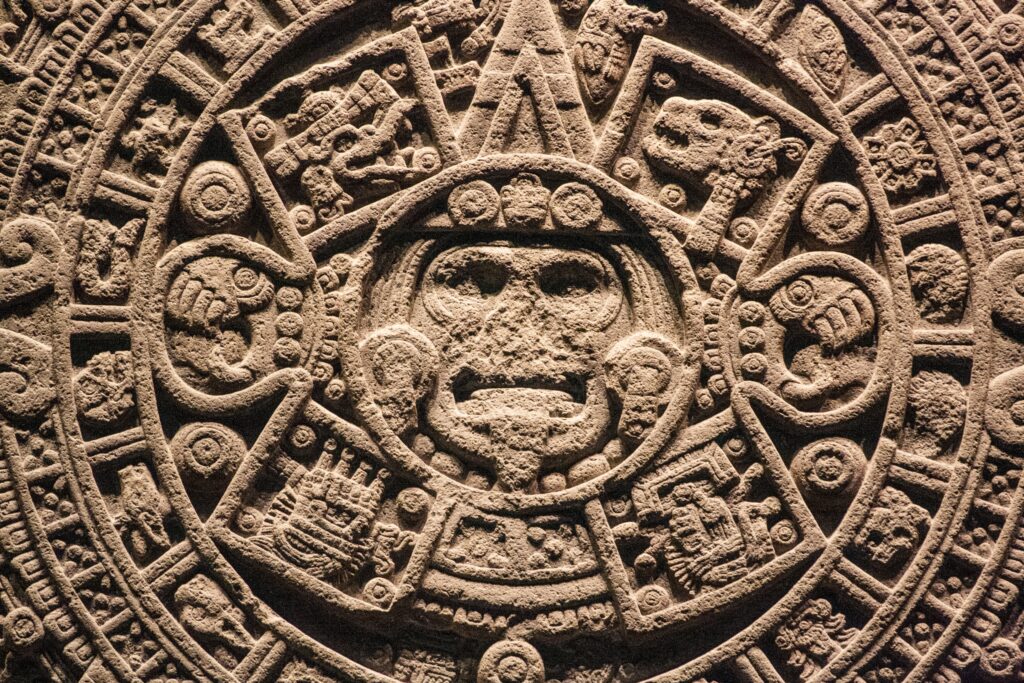
The Deep Thread: What These Echoes Tell Us About Being Human
What does it mean that we repeat the gestures of the long gone? That we still build, celebrate, grieve, and remember in ways our ancestors did? It suggests that humanity, for all its progress, is not just a story of invention—it is a story of continuity.
We inherit more than genes. We inherit thought patterns, spatial logic, symbols, fears, and aspirations. We are, in a very real sense, modern echoes of ancient lives.
By recognizing these threads, we don’t diminish our present—we deepen it. To walk through the modern world with ancient eyes is to realize that civilization is not a straight line, but a spiral. Always returning, always evolving.
FAQs
1. Are there modern behaviors that directly originate from ancient rituals?
Yes. Many modern traditions—such as weddings, funerals, and holidays—have direct links to ancient religious or civic rituals. For example, lighting candles during celebrations traces back to spiritual offerings in numerous ancient cultures.
2. How do ancient city designs influence modern urban planning?
Principles like centralized gathering areas, gridded layouts, and sacred/protected zones originate from civilizations like the Romans, Greeks, and Mesopotamians and continue to inform how cities are organized today.
3. Why do certain gestures or symbols persist across cultures and time?
Gestures and symbols often carry emotional or practical functions (e.g., signaling peace, trust, mourning) and become embedded in collective memory, allowing them to survive even as languages and cultures change.


